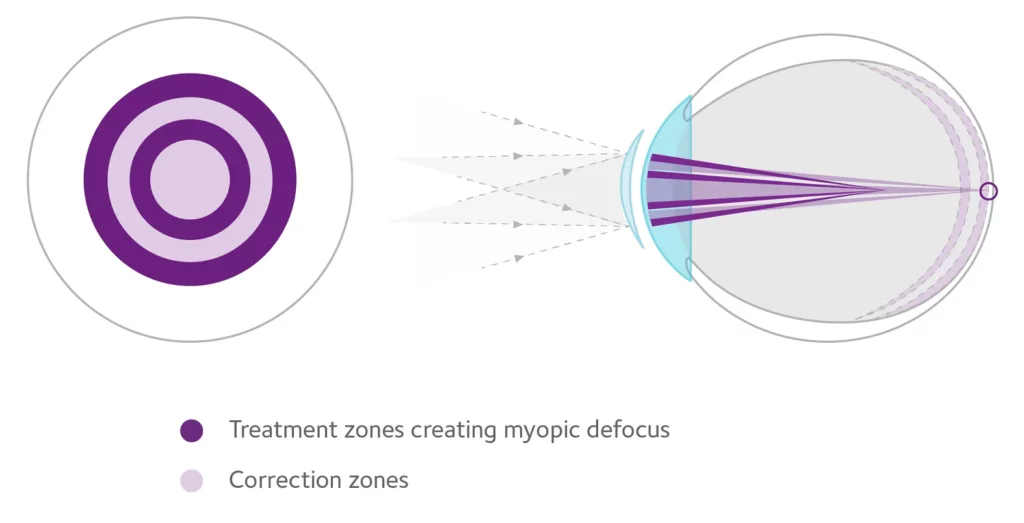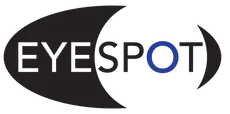MYOPIA CONTROL TREATMENT
MYOPIA: A Growing Concern
More than 40% of Americans are myopic, and that number is increasing at an alarming rate, especially among school-age children. Two-thirds of Eye Care Practitioners (ECPs) say the presence of Myopia among children in their practice has increased over the past 5-10 years, and 81% of ECPs agree that myopia is one of the biggest problems impacting children’s eyesight today.
What Is The Cause?
The upward incidence of myopia in today’s children can be attributed to different factors, and is occasionally the result of a combination of these factors:
Genetics
Insufficient time spent outdoors
Prolonged time spent on digital devices
Poor lighting levels

Understanding Myopia In Children
Nearsightedness is on the rise in children. Over the last 50 years, the incidence of nearsightedness in the US nearly doubled, to 42 percent. Evidence shows that at least part of the increase in nearsightedness, also known as myopia, has to do with near work activities; not just screens but also traditional books. There are also good data that suggests children who spend more time outdoors are less likely to develop myopia.
Treatment for Myopia
How MiSight 1 Day Works
MiSight 1 day with ActivControl™ Technology helps slow the elongation of the eye and myopia progression, while fully correcting refractive error. Addressing axial elongation helps to reduce the risk of myopia-related vision complications later in life, including irreversible vision loss.

- Two treatment zones create myopic defocus with image focus in front of the retina, rather than behind it to slow axial elongation
- Two correction zones correct myopia in all gaze positions

